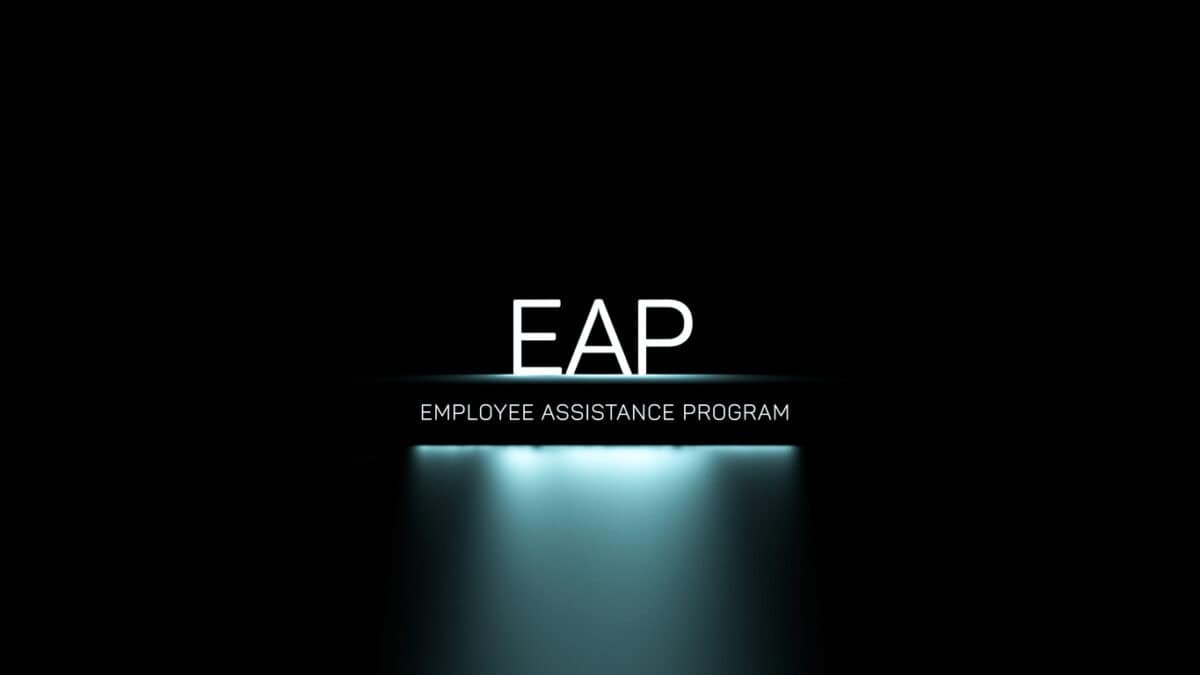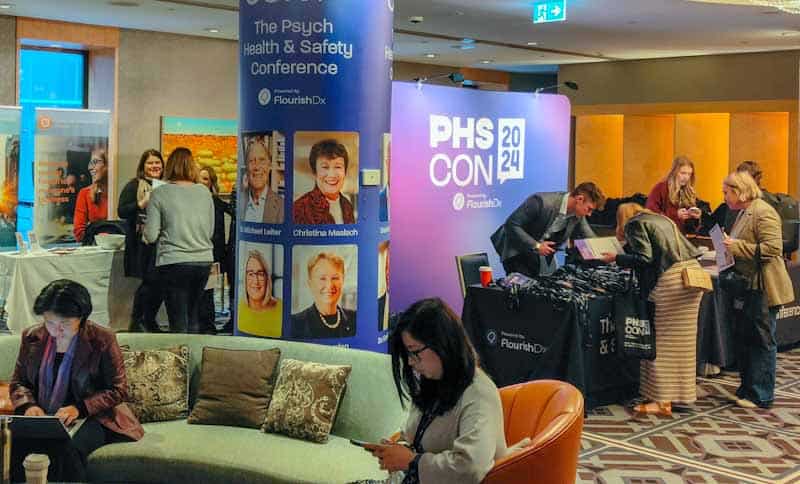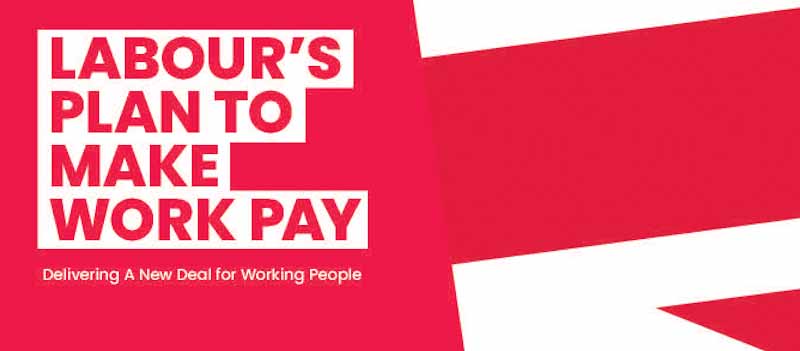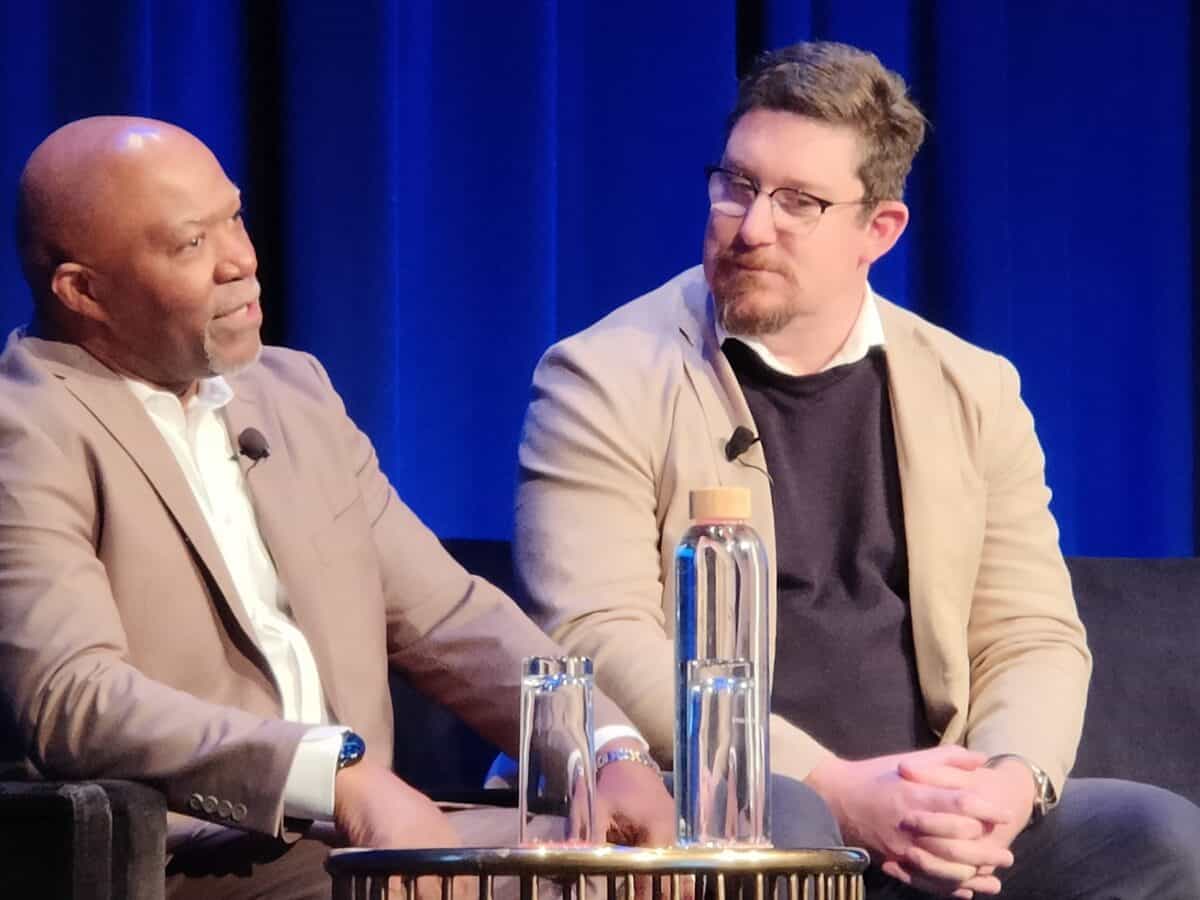The increased interest in preventing and managing psychosocial hazards at work should draw more attention to a service that many employers rely on to handle this issue: Employee Assistance Providers (EAPs).
Recently, The Age newspaper ran an article called “Employers spruik workplace wellbeing services. But who is picking up the phone?” (paywalled). The hard copy article was “Doubts raised on workplace wellbeing services”. Both articles reported on EAP services that are not always being provided by qualified clinical psychologists, as these services used to be.







